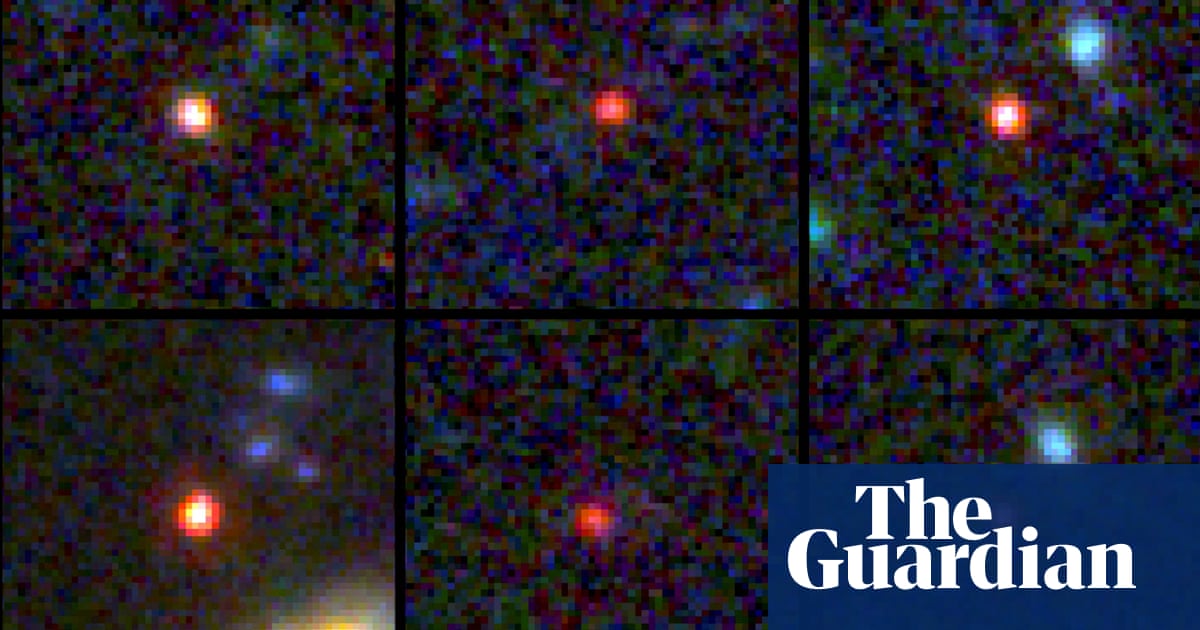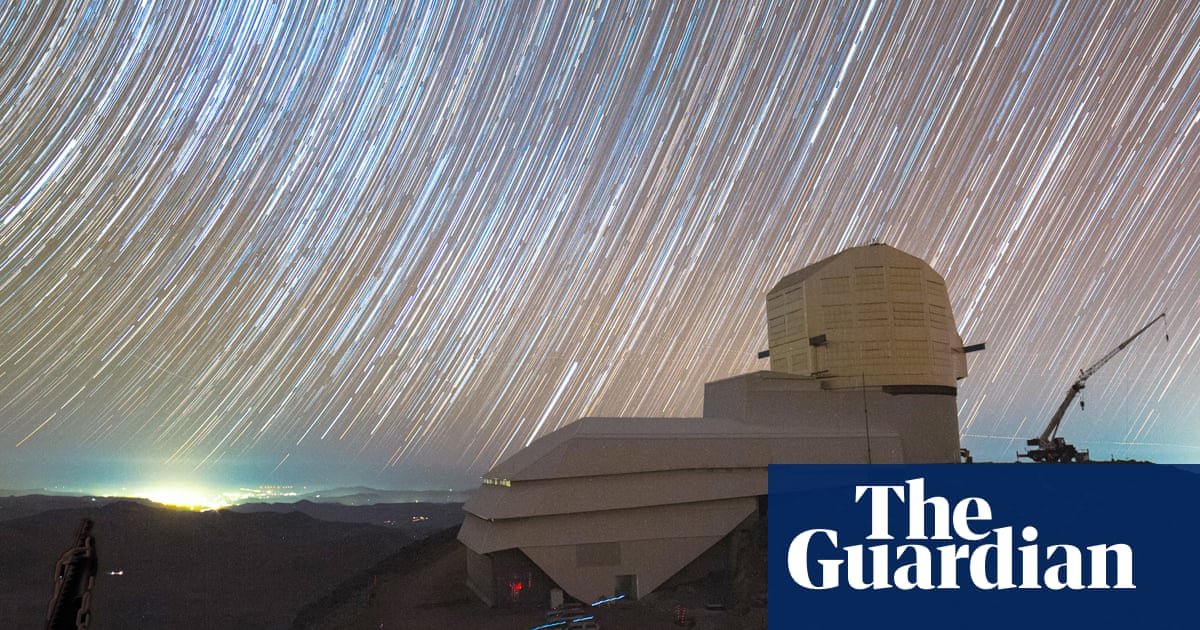
The wait, it seems, was worth it. Decades after researchers proposed what became known as the James Webb space telescope, the first colour images have landed and with them a tantalising glimpse of the observatory’s power to peer back in time to the moment when the first stars lit up the universe.
Major accomplishments in space observation always ride on a wave of PR and on Monday it was President Joe Biden who unveiled the first colour image, noting the deep implications for Homo sapiens. It was “an historic moment” he said, not only for science and technology, but “for America and all of humanity”.
The paradox of fanfare is that it obscures the achievement. In the case of Webb, as the $10bn Nasa observatory is known, the accomplishment is concrete and substantial. Nasa’s Hubble defined our view of the heavens for the past 30 years, and now Webb, its successor, is poised to shape our understanding for many decades to come.
The image Nasa released on Monday showcases the observatory’s ability to look far back towards the dawn of time. In the foreground is the rich cluster of galaxies known as SMACS 0723, which lies nearly 5bn light years from Earth. But it is the other galaxies in the image that have astronomers most excited. Because of the intense gravitational forces the cluster produces, it behaves like an astronomical lens, magnifying light from galaxies behind it and revealing them in unprecedented clarity. It is this depth and quality of the images that researchers find breathtaking: the fresh details Webb reveals will be pored over by scientists worldwide.
In the first image, the SMACS 0723 galaxy cluster appears as it was 4.6bn years ago, the time it took light from the cluster to race across space to Webb’s mirror. More distant galaxies in the image are about 13bn years old. But future images are expected to capture even more ancient galaxies, pushing back 13.5bn years, to the earliest period of the universe. The ultimate prize for many astronomers is to pinpoint “cosmic dawn” – the moment when the universe was first bathed in starlight.
Webb’s impressive performance comes from its remote position in space, a spot 1m miles from Earth called the second Lagrange point, or L2, its large mirror, and the extreme sensitivity of its infrared instruments. Together these allow the observatory to see much fainter, older galaxies than Hubble ever could as well as other cosmic objects. The images and accompanying data will feed directly into astronomers’ understanding of how the first stars and galaxies formed.
Webb will do more than look back to the early stirrings of the universe. On Tuesday, Nasa will release more images to give a flavour of what the telescope can do. Beyond the SMACS 0723 cluster, the telescope has peered at the Carina Nebula, a vast stellar nursery 7,600 light years away that is home to stars far larger than the sun. Another target is the Southern Ring Nebula, an enormous and expanding cloud of gas that surrounds a dying star. Yet another is Stephan’s Quintet, a cluster of galaxies that is so compact, two of them are merging into one.
It is not all about glorious images, though. A major theme of Webb’s science involves spectroscopy, which analyses the wavelengths of light captured by the telescope. This can reveal fresh details about cosmic objects that are not evident in visible light. Data released on Tuesday is expected to show the spectra from a planet called Wasp 96b, a cloudless planet half the size of Jupiter 1,150 light years from Earth. The same technique will be used to study the chemical compositions of atmospheres around distant worlds, and potentially highlight faraway planets where conditions appear ripe for life.
Based on the images received so far, astronomers believe they can do all the science they had hoped for with Webb, and plenty more besides. Against the odds, the observatory made it to the launch pad, reached its destination unscathed, and appears to be operating beautifully. For researchers, the waves of relief are now waves of excitement: now the real work begins.











